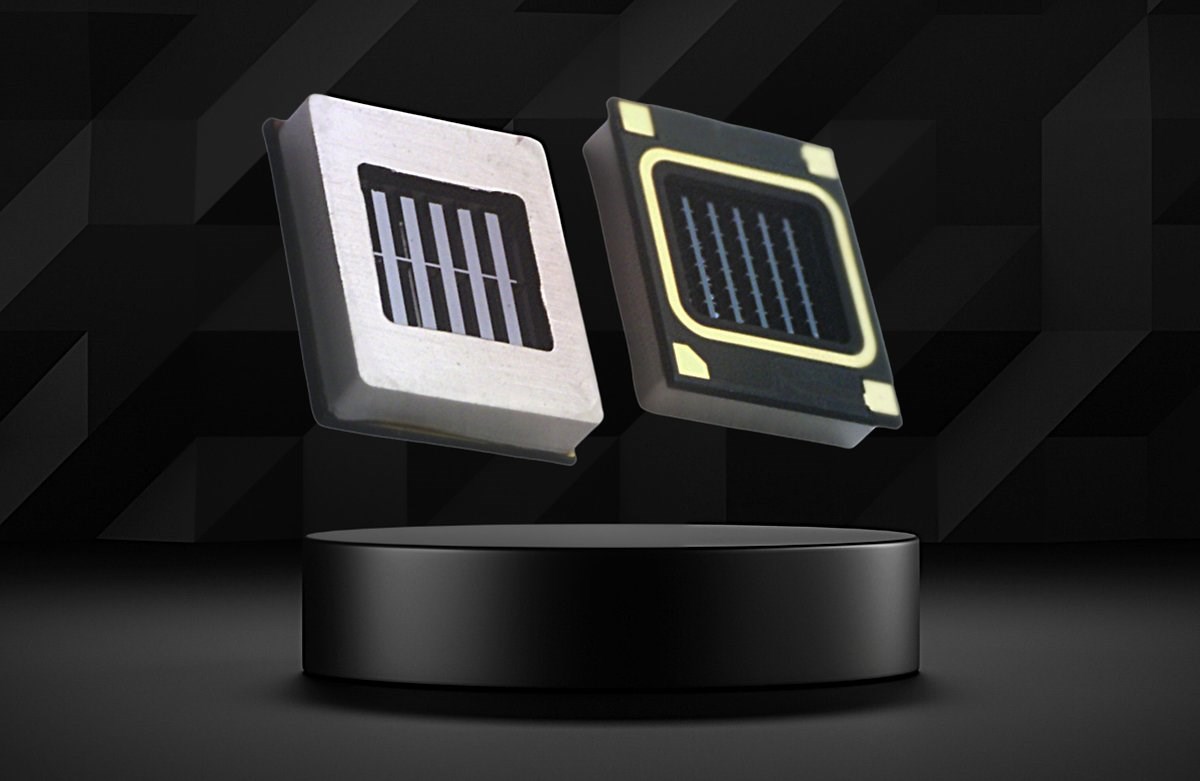 A research team from UCLA (University of California) has demonstrated a first-of-its-kind stable, all-solid-state thermal transistor that uses an electric field to control the temperature movement of a semiconductor device. The study, published in the journal Science, may open the door to a new era in thermal management of computer chips.
A research team from UCLA (University of California) has demonstrated a first-of-its-kind stable, all-solid-state thermal transistor that uses an electric field to control the temperature movement of a semiconductor device. The study, published in the journal Science, may open the door to a new era in thermal management of computer chips.Is the warm-up period for processors coming to an end?
Heat is the number one enemy of electronics. As the Institute of Electrical and Electronic Engineering (IEEE) highlights, heatsinks have historically been and continue to be used to passively draw excess heat from a source. Active cooling solutions containing moving parts or liquids are also frequently used today, but a new development at the transistor level may make these methods a thing of the past.
Electrical transistors are considered the basic building blocks of modern information technology. First developed by Bell Labs in the 1940s, this critical component regulates how electricity (in the form of electrons) moves through the chip. However, as their size continues to shrink over the years, billions of transistors can fit on a chip, causing more heat to be generated from the movement of electrons, affecting chip performance.
Thermal transistor revolution
 In contrast, thermal transistors aim to control heat flow using an electric field. Featuring a field effect (modulating the thermal conductivity of a material by the application of an external electric field) and a fully solid state (without moving parts), the new thermal transistor offers high performance in semiconductor manufacturing processes and compatibility with integrated circuits.
In contrast, thermal transistors aim to control heat flow using an electric field. Featuring a field effect (modulating the thermal conductivity of a material by the application of an external electric field) and a fully solid state (without moving parts), the new thermal transistor offers high performance in semiconductor manufacturing processes and compatibility with integrated circuits.Similar to the electronic transistor, the UCLA group’s thermal transistor uses electric fields to modulate the conductance of a channel, but in this case it is thermal rather than electrical conductivity. This process is accomplished with a thin cage-like film of molecules designed by the researchers that functions as the channel of the transistor; Applying an electric field strengthens the molecular bonds in the film, which increases its thermal conductivity.
The team’s thermal transistor is attractive in many ways. First, it uses a small amount of power to control heat flow compared to other dissipation methods and offers a thermal conductivity rate 13 times better than molecular motion solutions. Moreover, it is possible to use several in a single package to increase cooling performance. Additionally, they can help with thermal exposure, which is the weak point of chiplet designs used in 3D stacks, which we started to see with AMD.
The team’s research on the subject was recently published in the journal Science. It is acknowledged that, while promising, the technology is still in the early stages of development and future iterations should perform better.